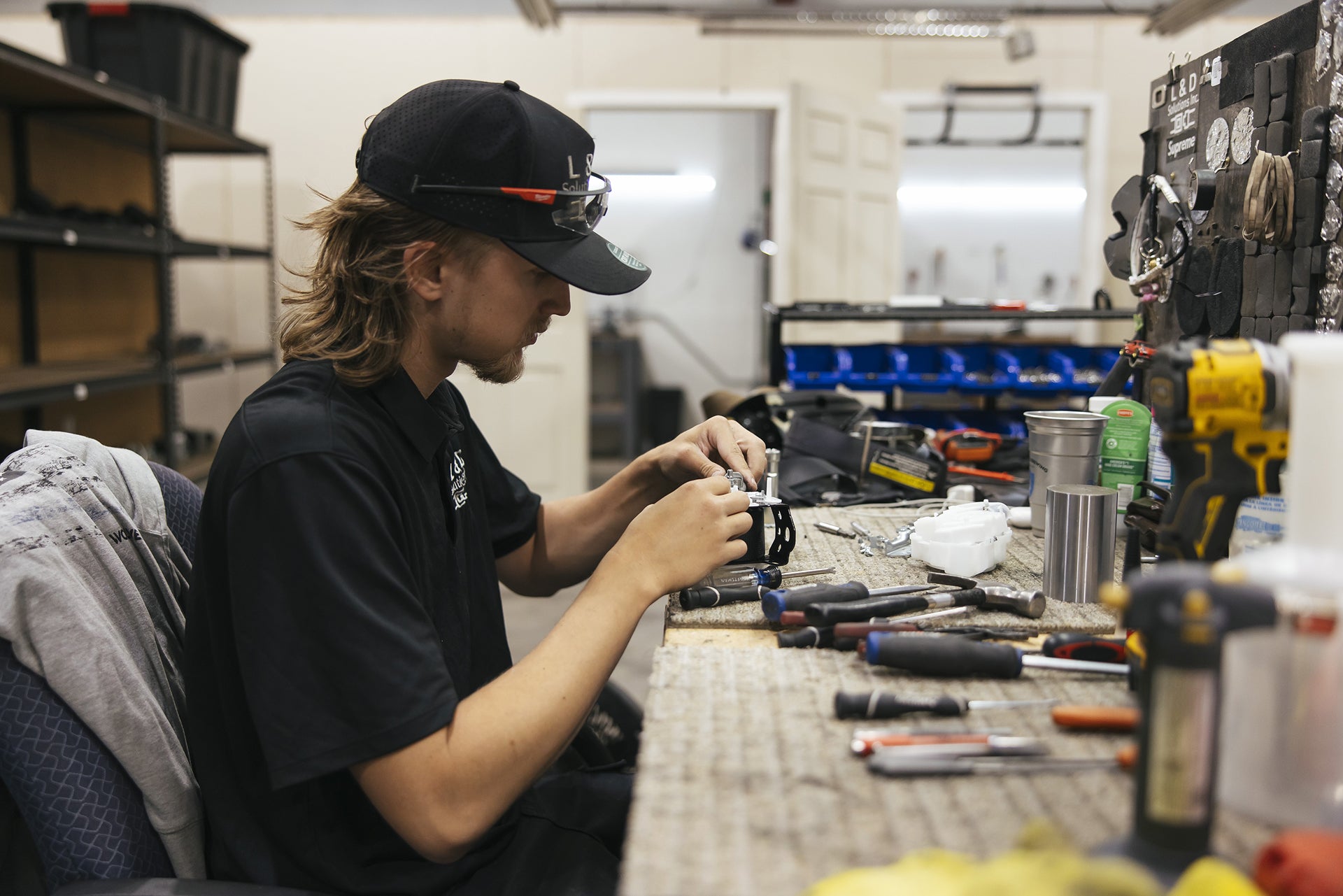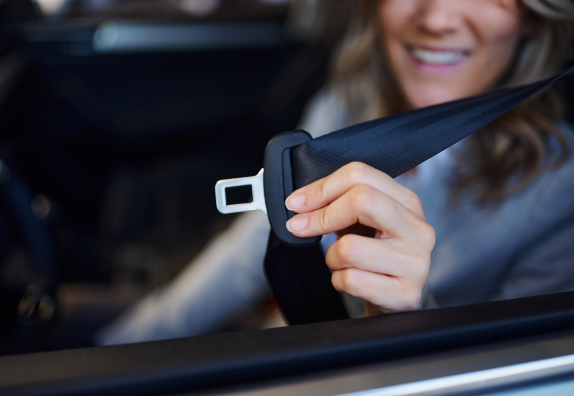Seat Belt Replacement After a Crash: What You Need to Know
After a crash, the last thing on your mind might be your seat belt. You're checking for damage, calling insurance, and dealing with the headache of repairs. But here’s something most people miss: seat belt replacement is a must.
Yeah, I said it. Not optional. Not “maybe later.” It’s mission-critical.
If your airbags went off or you experienced any serious jolt, chances are your seat belts locked up or deployed tensioners. Once that happens, they’re no longer safe.
So let’s talk about it. One-on-one. No technical jargon. Just straight answers.
Why Seat Belt Replacement Should Be Your Top Priority
Think of your seat belt like a parachute. Would you reuse a parachute after it was deployed in a freefall? Exactly.
Here’s what happens in a crash:
- The pretensioner fires to tighten the belt instantly
- The retractor locks up to hold you firmly in place
- The webbing may stretch from the force
Even if it looks fine, the internal parts could be damaged. That means it won’t protect you properly next time.
That’s where seat belt replacement comes in. It resets the safety system, giving you the protection you deserve.
How to Know If You Need Seat Belt Replacement
Not sure if your seat belt needs replacing? Watch for these signs:
- Airbags deployed during the accident
- Seat belts won’t retract or feel loose
- Warning lights on your dashboard (airbag/SRS light)
- You hear rattling from inside the belt mechanism
If you notice any of that, it's time for seat belt replacement.
Still unsure? Get it checked. Don’t gamble on safety.
The Risk of Skipping Seat Belt Replacement
Skipping seat belt replacement isn’t just risky—it could be deadly.
| Risk | Why It Matters |
|---|---|
| No protection in future crashes | A used pretensioner won’t deploy again |
| Failed inspections | Your car may not pass a safety inspection |
| Dashboard warning lights | Could signal deeper SRS module issues |
| Insurance complications | May refuse coverage if safety systems fail |
Let’s not forget, seat belts save lives—but only if they’re in full working order.
How Seat Belt Replacement Works
- Remove the faulty seat belt (driver, passenger, or all)
- Ship it to a certified seat belt repair service
- They replace or reset the tensioner and mechanism
- Reinstall it—good as new
Most services offer a 24–48 hour turnaround, and some even provide prepaid shipping labels (if you’re in the U.S.).
Seat Belt Replacement Cost: What to Expect
| Service Type | Cost Range |
|---|---|
| One-belt replacement | $75–$120 |
| Multiple belts | $200–$350 total |
| Dealer replacement | $300–$1,000+ |
That’s a big difference. And most shops offer lifetime warranties, so it’s a one-and-done type of fix.
Don’t Wait, Replace That Seat Belt Now
I know, it’s easy to overlook something you can’t see. But seat belt replacement is one of the most important things you can do after a crash.
You wouldn’t drive with a broken brake.
Don’t drive with a broken belt.
Final Takeaway
If you've been in a collision—big or small—seat belt replacement is non-negotiable. It’s affordable, fast, and literally life-saving.
- ✔️ Check your belts for signs of damage
- ✔️ Look for that airbag/SRS light
- ✔️ If needed, send your belts in for a certified reset
📩 Want expert help? L&D Solutions offers OEM-grade seat belt replacement with same-day service and shipping label included!
Let’s keep you and your passengers safe, because safety doesn’t get a second chance.




Leave a comment
This site is protected by hCaptcha and the hCaptcha Privacy Policy and Terms of Service apply.